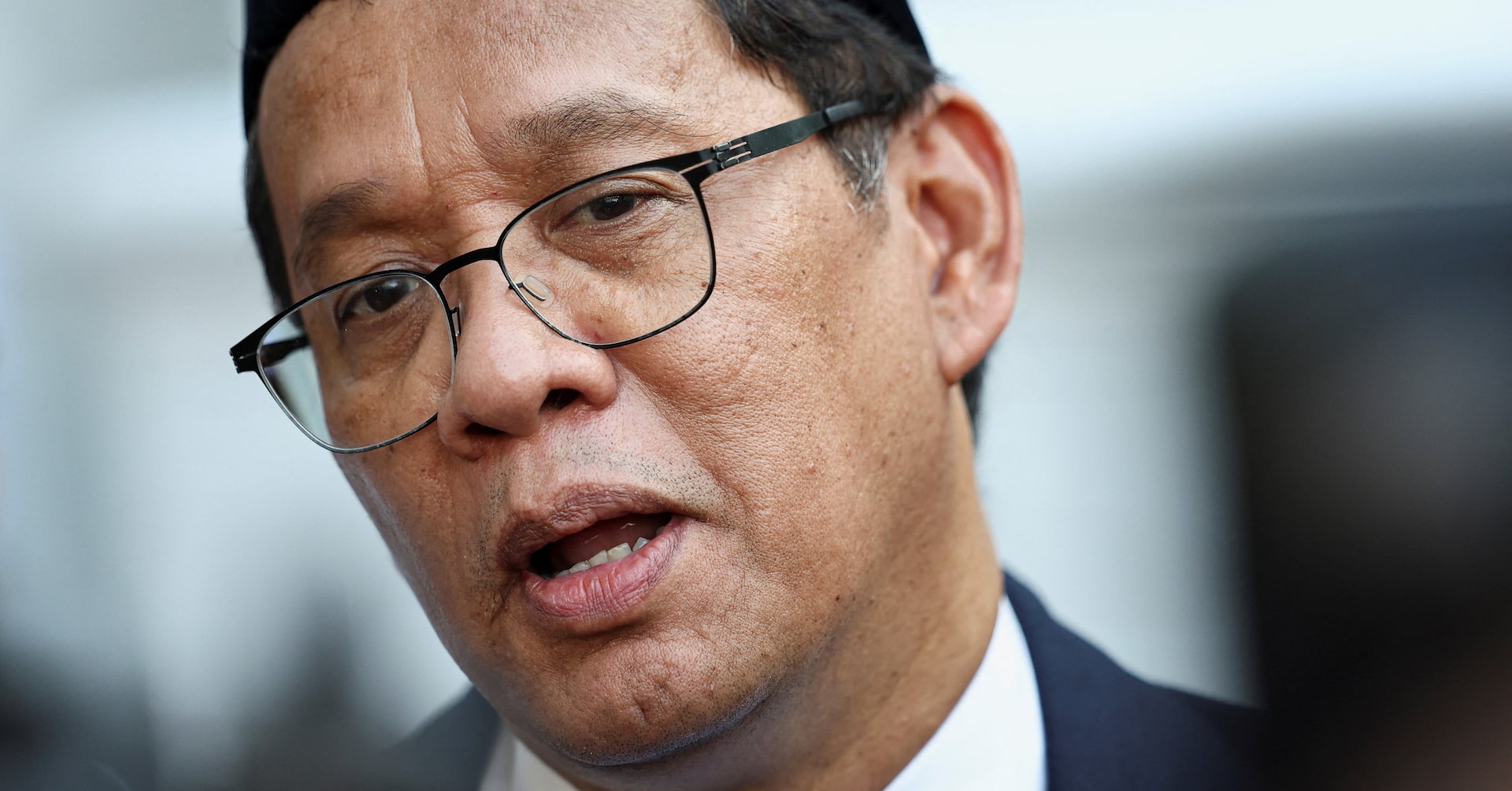Indonesia's Financial Lifeline: Minister Unveils Bold Plan to Rescue Banking Sector

In a bold move to address the current financial landscape, Indonesia's newly appointed finance minister has unveiled an ambitious plan to inject significant liquidity into the banking system. The strategy involves transferring a substantial 200 trillion rupiah—equivalent to approximately $12.15 billion—from government coffers directly into commercial banks.
During a press conference on Wednesday, the minister highlighted this strategic financial intervention as a critical step to ease the current tight liquidity constraints facing the nation's banking sector. The substantial cash infusion is expected to provide much-needed breathing room for financial institutions and potentially stimulate economic activity.
By redirecting these funds, the government aims to enhance the banking system's stability and create more favorable conditions for lending and economic growth. This proactive approach underscores the administration's commitment to maintaining a robust and responsive financial ecosystem in Indonesia.








